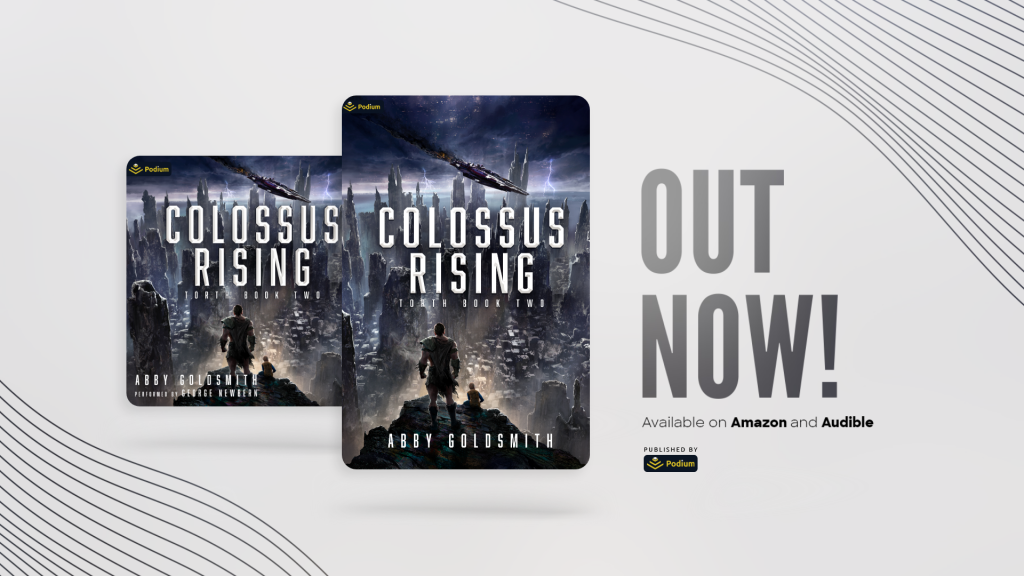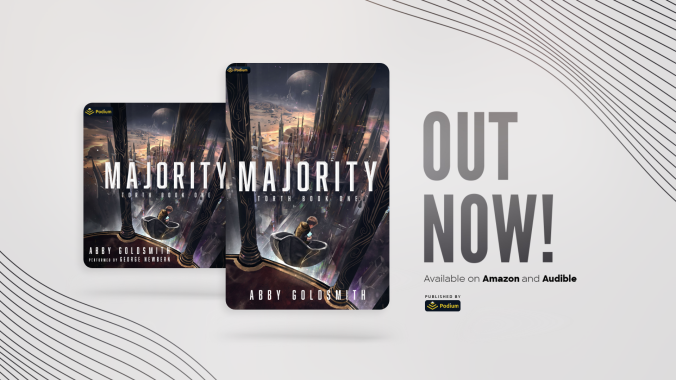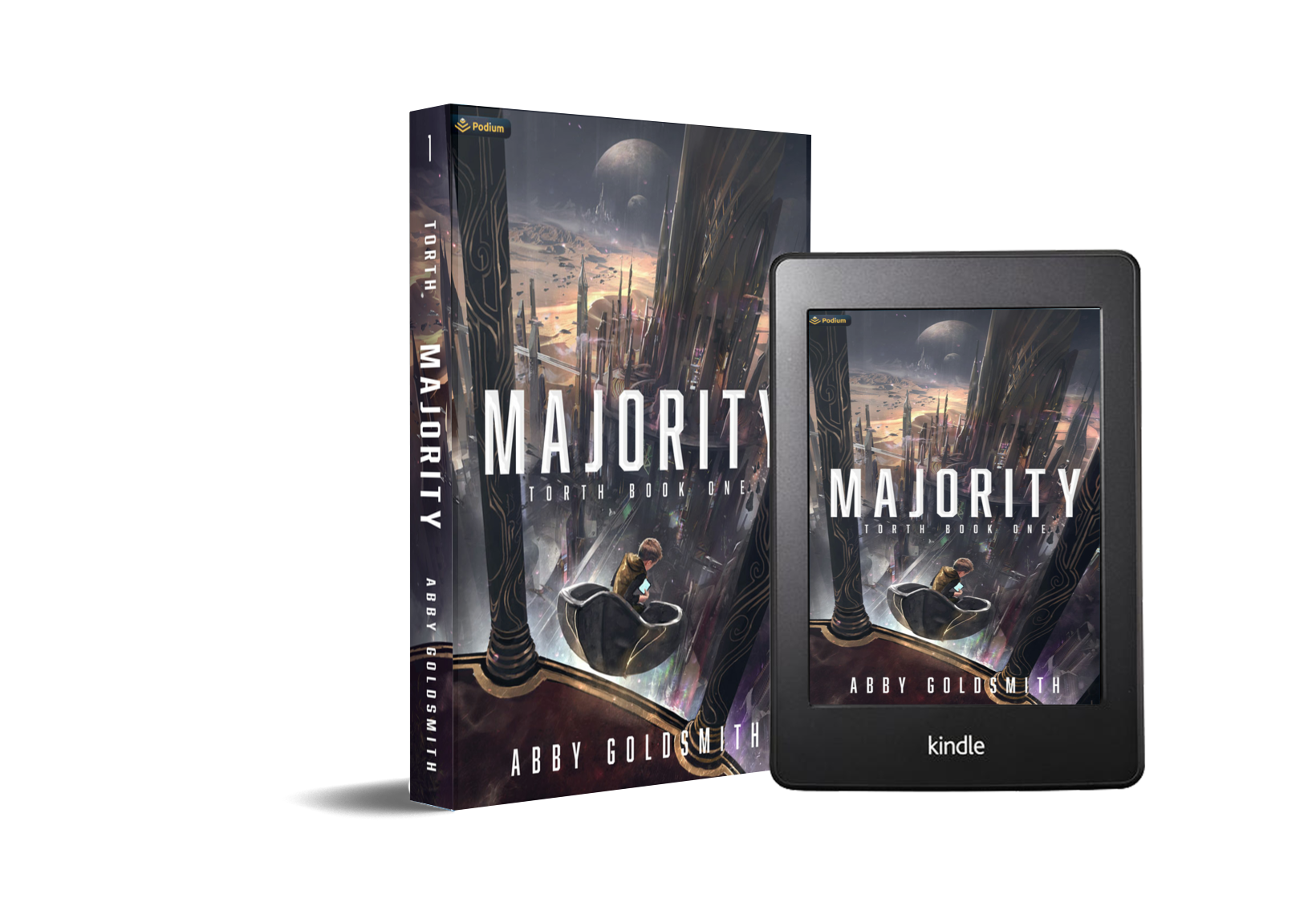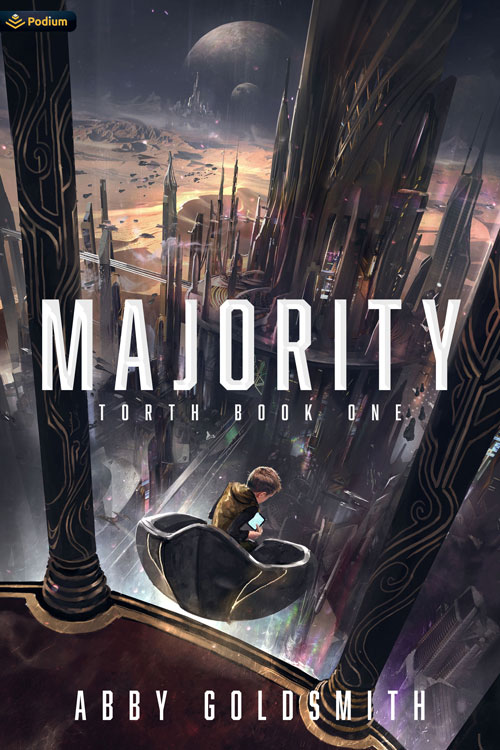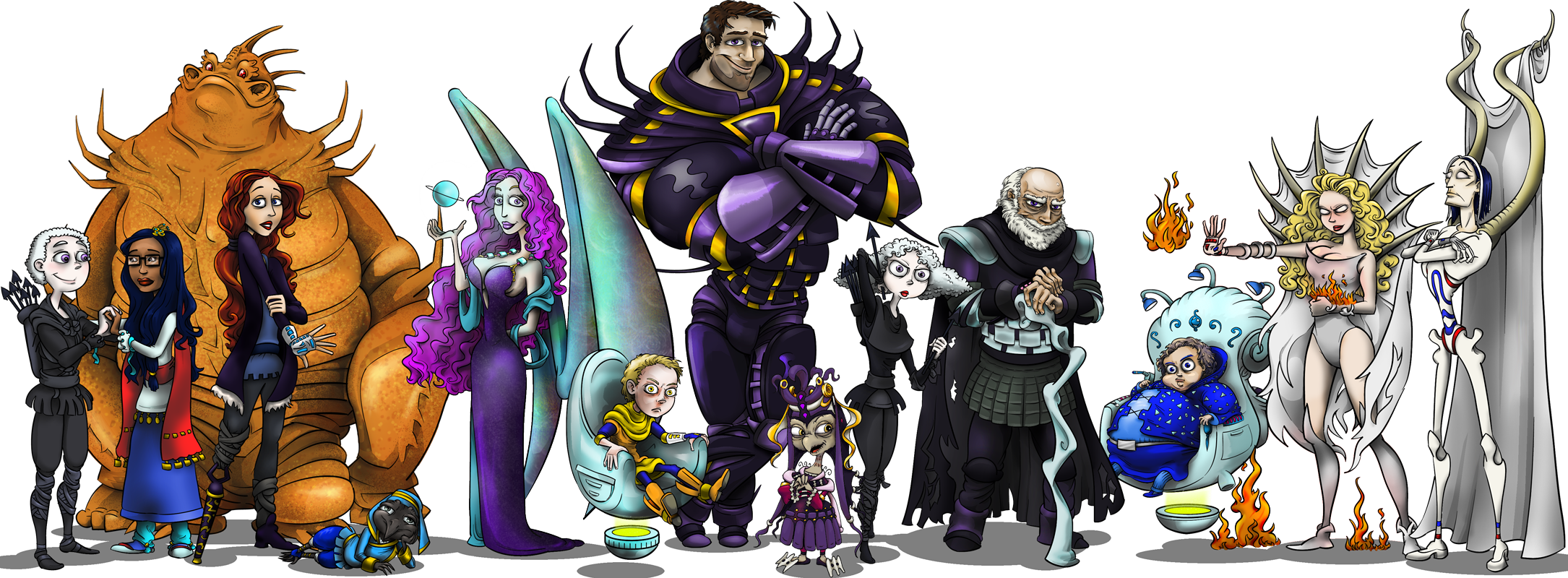It’s embarrassing to listen to a sex scene I wrote, narrated in George Newbern’s irreverent tone. Not sure I will ever write a sex scene again.
That scene is in the audiobook edition of the final Torth book, which just launched today.
These books were a massive undertaking, with the whole series totaling 1,000,000 words after I discarded 2,000,000 words or so. The books were published at a far faster pace than it took to write them.
I began working on the Torth series when I was in my early twenties, expressing my worldview and diving deep into an exploration of freedom versus slavery. It was partly inspired by The Wheel of Time in terms of interpersonal power dynamics, and Star Wars in terms of universe scope and aliens, and lots of other things. I went to film school. I’m a reader.
My goal was mainstream trad pub, otherwise known as the Big Five (MacMillan etc). After two rewrites and years of bending over backwards in a futile effort to please literary agents, I finally realized this isn’t the 1990s, and they just aren’t looking for heroic doorstoppers anytime within the next decade or two.
It was hard to let go of the Big Five dream. If you want the sordid details of how and why it took me so many years to switch gears, feel free to ask. But I did, eventually, seek an audience online. That was what motivated me to pick up where I had stalled (right after Book 2) and finish the whole epic.
Wattpad gave me my first readership. That was the first place a reader asked me, “Where’s your Patreon so I can read ahead?” Hugely motivating. I wrote new chapters and posted one or two per week from 2017 through 2023.
As I was posting the final chapters on Wattpad, I relaunched the whole series on Royal Road. I figured my 500 prewritten chapters would enable me to gain notice quickly with a rapid launch pace. Three chapters per day turned out to be insane, since I was editing as I went. And then I went through cancer and had a hospital stay and chemotherapy. I lost a few readers when I reduced my pace to three chapters per week. It was necessary. Even so, my series went to #1 on the Sci-Fi Rising Stars chart and topped out at #4 on overall Rising Stars. That was partly due to the supportive community of authors and adventurous readers who hang out around the web serial community, particularly in litRPG and progression fantasy.
When my series hit the front page of Royal Road, I got an offer from a publisher and interest from another. I signed a six book contract. That publisher, Podium, put a lot of time and effort into producing my series as high quality audiobooks, ebooks, and print editions. I’m grateful.
There’s some advice floating around implying that a book series with great read-through equals a cash cow. That hasn’t totally been the case for mine. Readers who pick up Book 2 of mine tend to read through all the way to Book 6. The ones who get to the end are some of the best fans anyone can ask for. They get what I was going for, and they were on board every step of the way. I love the reactions. I’ve had some very touching letters from readers. That alone makes everything I wrote worthwhile.
Financially, though? Sales figures-wise? I think I have an intrinsically hard sell on my hands here. It’s not Romantasy, Cozy, litRPG, Isekai, Cyberpunk, or Cultivation (the hot sci-fi and fantasy subgenres that sell well on Amazon). It’s dark. It’s complicated. It’s big. It’s weird. It’s unique. This isn’t something that pops up in a quick search or in also bought lists.
I’m vending at in-person events in and around Texas, such as Comicpalooza. It’s nice to escape the trials of online book marketing and talk with readers face to face. I wish my series had more visibility, but there are thousands of new books published every day on Amazon. It blows my mind that so many people’s hopes and dreams go unread, unnoticed, and buried. We live in strange times.
My series is dystopian sci-fi with elements of progression fantasy and a hard magic system. It starts with MAJORITY and is available in Kindle Unlimited and Audible+.


